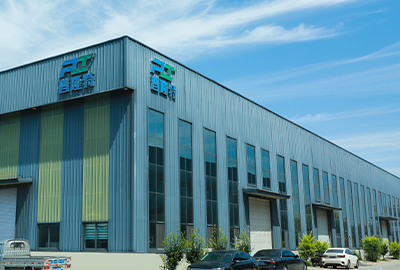The sourcing of shower door rubber seal strips can also impact pricing. Local hardware stores and home improvement centers often carry a selection of rubber seals, but these may tend to be pricier due to overhead costs. Online retailers typically offer a wider range and often at lower prices due to lower operating costs and better access to bulk purchasing. Platforms like Amazon, eBay, or specialty bathroom fixtures websites might provide favorable deals, especially when buying in bulk or during sales events.
 Home
Home









